You may have reflected on the existence of God and why would such a being allow the amount of suffering experienced in our material realm. Conversely, if your faith lies in science, the persistence of belief in miracles might intrigue you. Could there be substance to these convictions? And why do Near-Death Experience (NDE) narratives share common threads across cultures and epochs while reflecting their corresponding traits? The forthcoming answers to these questions stem from a hypothesis rooted in well-established scientific principles and theories. Allow me to briefly outline the fundaments of my hypothesis.
Before addressing these questions, I must lay the foundation of a hypothesis. Be at ease—should your curiosity be piqued, I assure you, there’s no chance of succumbing to boredom.
Amongst the most enigmatic and, dare I say, troulesome scientific experients in the annals of time, one stands out: the double-slit experiment. This centuries-old venture traces back to 1801, devised by the British Polymath, Thomas Young. We must remember that the dawn of quantum mechanics was not even dreamed of back then, and the notion of matter comprised of atoms was still ensconced in the realm of philosophical conjecture.
Prior to Young’s experiment, the prevailing supposition—courtesy of Isaac Newton—held light to be a form of matter consisting of minute particles. Newton’s conviction rested on the premise that light, which follows linear trajectories, could be obstructed by matter, hence it must inherently embody matter-like characteristics.
Newton studied the nature of light by draping his window with a wooden plank, punctuated by a small aperture. Sunlight entered through this aperture into his laboratory. By isolating a ray of light, Newton embarked on a journey of optical exploration. The iconic image of light refracting into a spectrum via a glass prism emerged as the emblematic outcome of his quest into light’s essence.
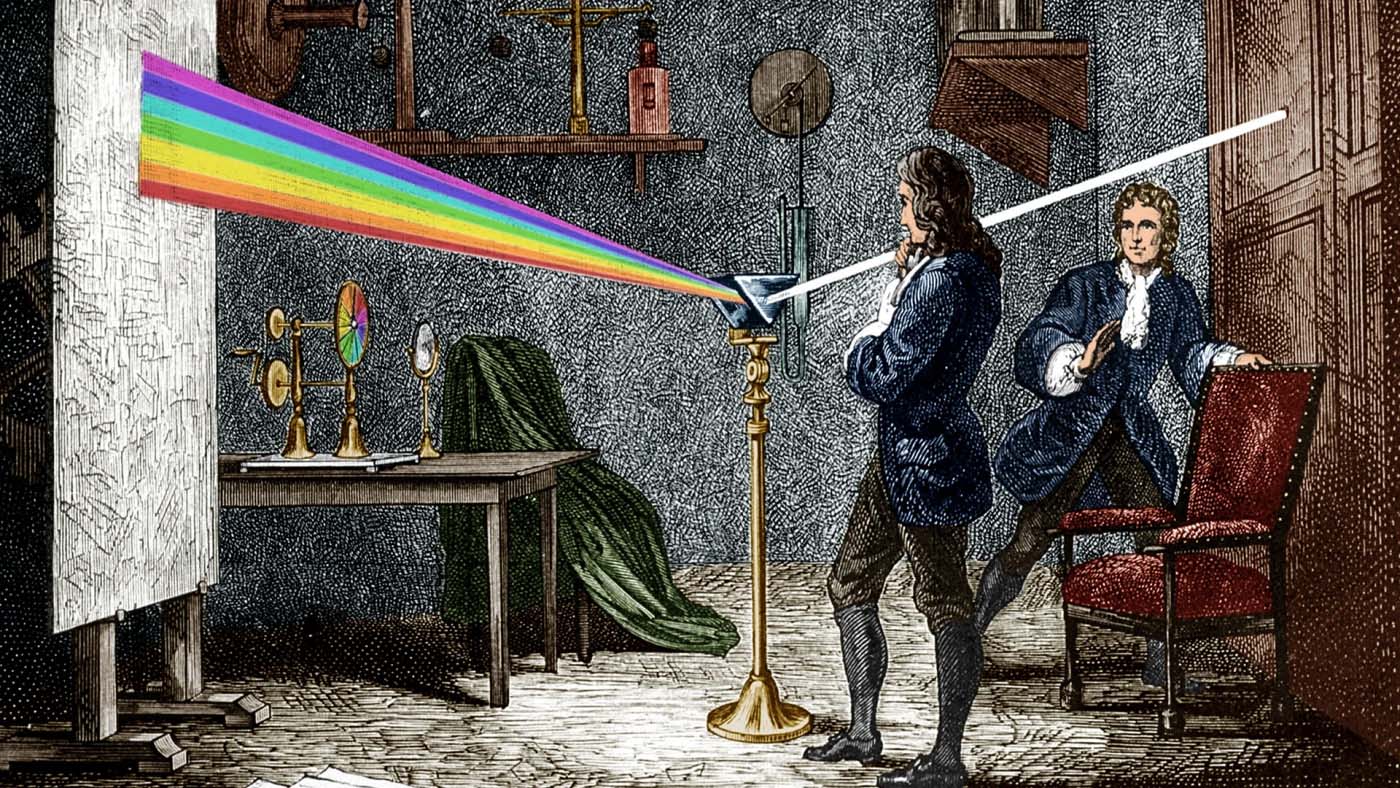
Young replicated the experiment, yet with an inventive twist—two vertical openings were carved into a cardboard sheet. If light were indeed a variant of matter, a barrier placed before the window should unfailingly cast two vertical demarcations. However, Young’s adjustments—manipulating the barrier’s distance and narrowing the aperture’s separation—unveiled an anomaly. Under specific conditions, instead of the expected vertical lines, an interference pattern materialized. The most intense streak of light appeared in the center of the screen, where only darkness was expected, flanked by fainter lines on either side, waning as they receded.
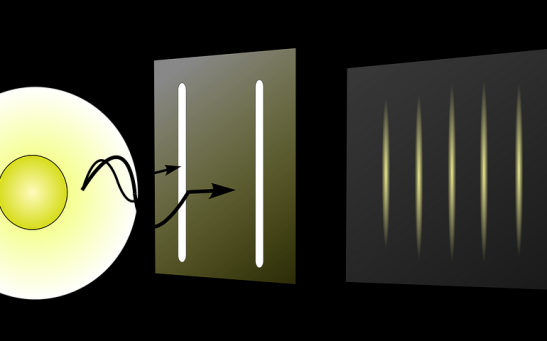
This anomaly provoked consternation regarding light’s ability to circumvent obstacles—a trait common to waves. Additionally, it raised questions about the propensity of known waves to traverse space through matter. Sound waves reverberate through air, water, and solid structures, while being unable to traverse voids. Curiously, light had no probelm traversing emptiness; indeed, sunlight spans millions of kilometers across the void before gracing our Earth.
Subsequent decades ushered a flurry of inconclusive attempts to fathom the nature of light until the edifice of quantum theory began to take shape. This framework affirmed that light is constituted of minute particles called photons.
This realization rekindled interest in the double-slit experiment, fuelled by newfound insights. A pivotal iteration entailed propelling individual photons, one by one, at a metal plate punctuated by dual openings. Logically, the photographic plate awaiting on the opposite side should immortalize two distinct lines. The scenario seemed straightforward —dispatch a photon, and it should traverse one of the apertures. Yet, the outcome defied logic—an unexpected interference pattern materialized.
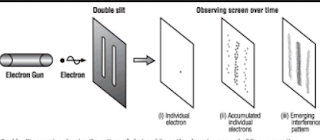
This enigma suggested that photons exhibited wave-like traits. Each photon, it seemed, encapsulated the characteristics of a wave. Yet, this stance contradicted established experiments that had earned Einstein a Nobel Prize and were emblematic of Max Planck’s theories—both of which portrayed light as particles defined by specific energy quanta.
Subsequently, with the advent of highly sensitive photodetectors, scientists stationed them on either side of the openings. The results were staggering —photographic plates now revealed the anticipated double stripes.
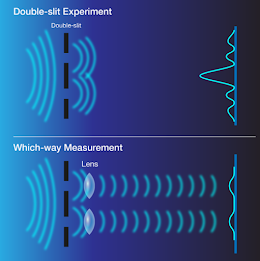
In essence, when observation disclosed which path the photon was taking, it assumed the attributes of a particle; But if the path taken was not observed, it reverted to a wave-like behavior. This conundrum propelled inquiry: What, precisely, does this signify?
Initially, the Copenhagen Interpretation attributed this duality to the photodetectors, implying their presence triggered the transition from wave to particle. Subsequently, John Wheeler proffered an alternate viewpoint —the act of conscious observation by a sentient entity was pivotal. This proposition remained unvalidated until the early 1990s, when the delayed double-slit experiment— validated his assertion. It became palpably clear that our conscious observation was what made the light behave as particles.
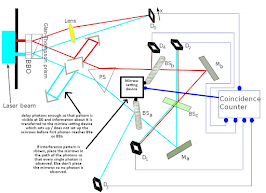
Was the Universe toying with the scientists who conducted this experiments? Did the Universe whimsically alter the experiment’s outcome when we had data on which slit the photons have traversed? Something inexplicable occurred, contradicting every established law of logic, unless we were willing to embrace John Wheeler’s intriguing hypothesis.
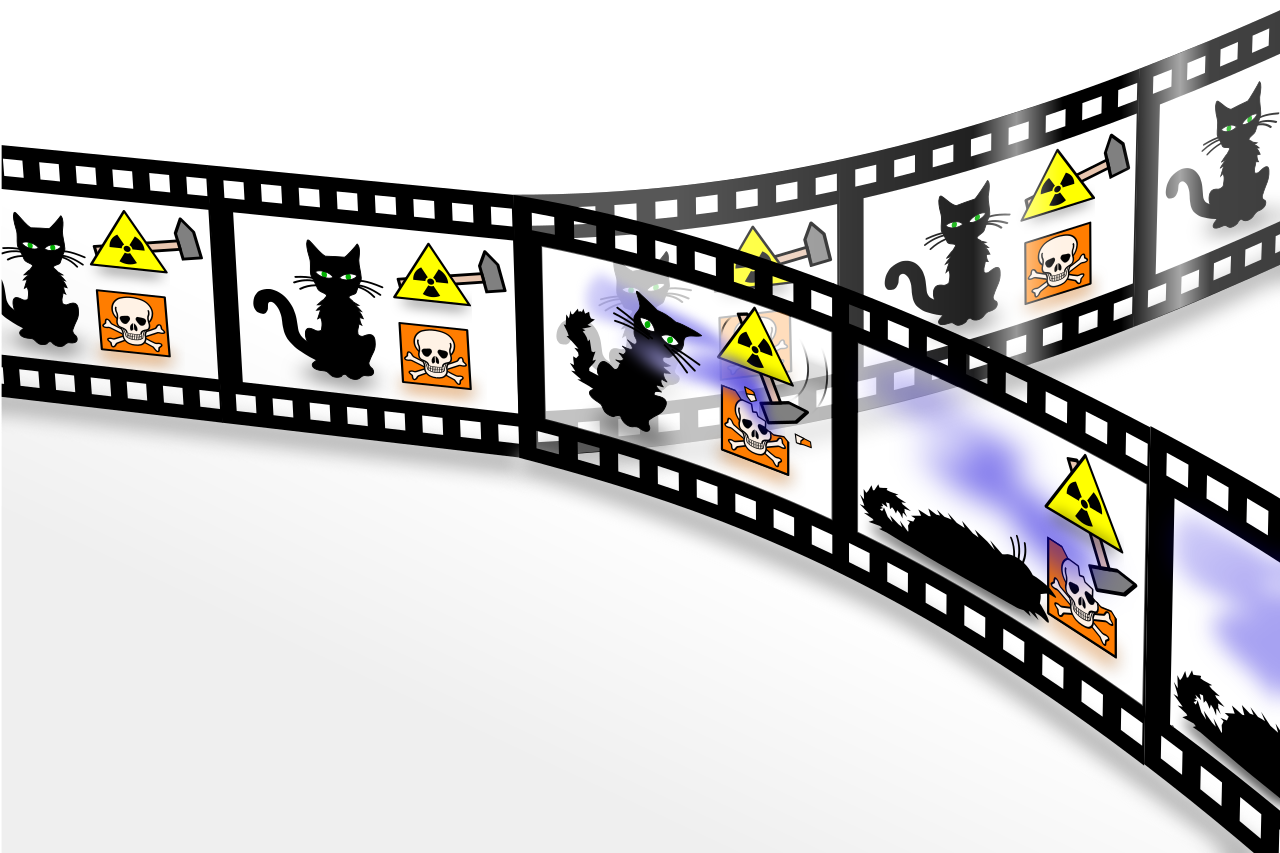
You might find it intriguing that this discussion delves into the heart of existence itself. How does it relate, you may wonder, to matters such as the soul and the prospect of life beyond the mortal coil? We are on the brink of unraveling these connections.
The delayed double-slit experiment and its several variations, exploring the influence of conscious observation, have bred a theory currently gaining traction within the physics community. This theory posits that the essence of reality is akin to information. Renowned physicists like Max Tegmark assert that the universe is a mathematical construct, while others, such as Seth Lloyd, propose it’s a cosmic simulation, with each particle, be it subatomic or cellular, executing operations. Even conscious beings like ourselves, might, to some degree, intervene in this cosmic program.
You might believe that matter holds a tangible reality for you—when you hit the floor, bruises and pain are undeniable, making it inconceivable that the floor could be a computer simulation. However, consider your experience with computer games. In these virtual realms, you’ve witnessed your character being hit and shot, enduring damage. The character you control is merely an image projected onto a screen, following the instructions of intricate and rapid mathematical operations on a microprocessor, where everything occurs in small cells defined by the presence or absence of electricity, represented by 0 and 1.
Picture yourself as a computer game character, and suppose the computer is so advanced that it imparts its own consciousness to you. Without any connection to the real world, you’d likely believe you’re the one deciding to fight, and the blows from your opponents would feel genuinely real and painfully impactful.
With the universe composed of information, imagine your own toughts. See yourself pondering life’s meaning, shaping plans, and reflecting on past moments. Such processes engage with existing information, rearranging, forging new connections, and birthing novel insights. Could this not be akin to the act of engendering more of what the universe embodies?
Now, consider the soul. Might it be the very essence what our minds create throughout our life journey? A mosaic of appropriated and reimagined information, spawned by our existence. An entity akin to the universe itself, an expansion of it.
Melvin Vopson, physics professor from the University of Portsmouth, put forth a novel perspective. His theory, rooted in quantum mechanics, posits information as a unique form of matter. One that tangentially interacts with the matter particles. According to his calculations, an information “bit” would tip the scales at a minuscule 10^-38 grams —a weight so infinitesimal that modern technology would be unable to weight even the several petabytes harboured within a contemporary hard drive.
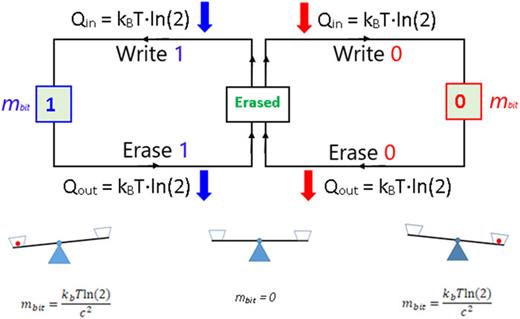
In this context, a new link emerges—a connection with the scientific plausibility of a soul departing from its earthly vessel upon death. Our consciousness forges the soul, perhaps as Near-Death Experiences suggest, from a core seed planted within each of us prior to birth.
Hence, the soul could embody memories, emotions, reflections, dreams, and plans—entwined within structures dictated by the informational tapestry. These structures and their interrelations encapsulate the quintessential identity, distinguishing us from other entities.
Consider the prospect of an alternate existence—a realm which essence is disembodied, dematerialized information. Concepts like space and time would transform into abstract notions.
In forthcoming posts we’ll delve into how the material world fuels the spiritual realm, dissecting the relationship between energy flow and consciousness development. Basically by self-developing our souls, through study, art, philosophy or religious meditation we are transforming the energy that we receive from the Sun and from Earth into soul growth, and that growth is transferred to the spiritual realm.